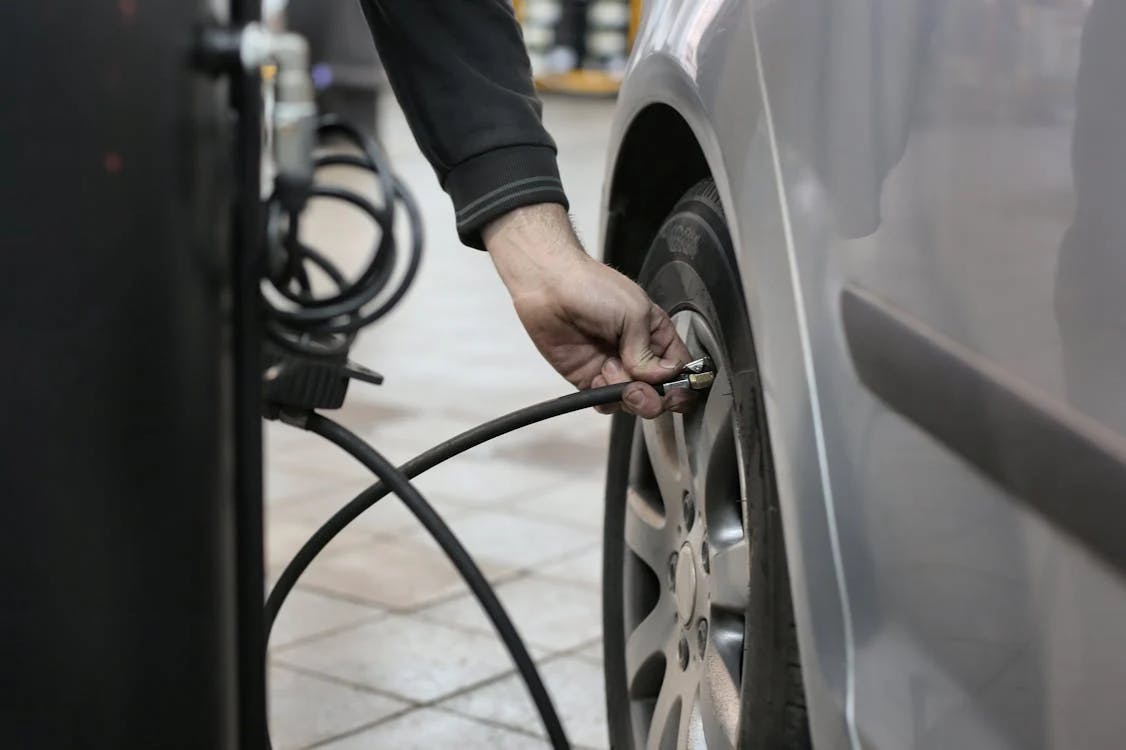Mastering the Basics: Your Quick Reference Guide to Tire Maintenance
Proper tire maintenance is crucial for the safety, efficiency, and longevity of your vehicle. Tires are the only point of contact your vehicle has with the road, making their upkeep not just a matter of performance, but also a critical safety issue. This guide will walk you through the basics of tire maintenance, helping you keep your vehicle safe and your journeys smooth.
1. Regular Tire Inspections
Why Inspect Your Tires? Regular inspections can catch issues before they become serious, such as uneven wear or damage that could lead to tire failures.
What to Look For:
- Tread Depth: Ensure your tire tread is above the legal limit (usually 1/16th of an inch). Use a tread depth gauge or the penny test where Lincoln's head should be partially covered when inserted into the tread.
- Overall Condition: Check for any cuts, cracks, punctures, or bulges on the sidewalls and tread.
2. Maintaining Proper Tire Pressure
Benefits of Correct Tire Pressure:
- Improved fuel efficiency
- Enhanced safety
- Increased lifespan of tires
How to Check and Adjust Tire Pressure:
- Use a reliable tire pressure gauge.
- Check pressure when tires are cold (before driving or at least three hours after driving).
- Inflate to the recommended pressure as stated in your vehicle’s manual or on the door jamb sticker.
3. Tire Rotation
Why Rotate Tires? To ensure even tire wear and extend the life of your tires.
Recommended Rotation Patterns:
- Front-Wheel Drive: Move the front tires to the back, and the back tires to the front in a straight pattern.
- Rear-Wheel Drive or Four-Wheel Drive: Move the front tires to the back and the back tires to the front but switch sides (cross pattern).
Frequency: Rotate your tires every 5,000 to 7,000 miles, or as recommended in your vehicle’s owner manual.
4. Balancing and Alignment
Why It’s Important:
- Balancing: Prevents uneven wear and vibrations. Should be done whenever you get new tires and periodically after that.
- Alignment: Ensures that your vehicle’s wheels are adjusted to the angles recommended by the vehicle manufacturer, which helps prevent uneven wear.
Signs You Might Need Balancing or Alignment:
- Unusual vibration in the steering wheel
- The vehicle pulls to one side
- Uneven tire wear
5. Knowing When to Replace Tires
Indicators That It’s Time for New Tires:
- Tread wear indicators are flush with the tread.
- Visible tire damage that cannot be repaired.
- Tires are older than 6 years (check the manufacture date on the tire sidewall).
Conclusion
Regular tire maintenance is not just about extending the life of your tires but is essential for your safety and the overall performance of your vehicle. By following these simple steps, you can ensure that your tires are always in top condition, giving you peace of mind on the road.
For more detailed guidance or specific concerns, consider consulting with a professional. At Mavyn, you can chat with our AI, Mavyn GPT, or connect directly with a human expert to get personalized answers to your tire maintenance questions.
Remember, well-maintained tires mean a safer, smoother ride!
